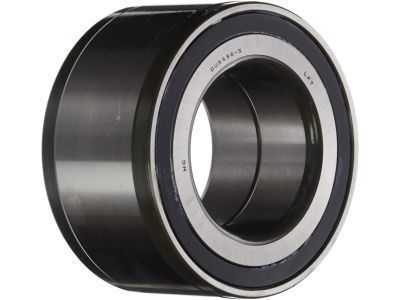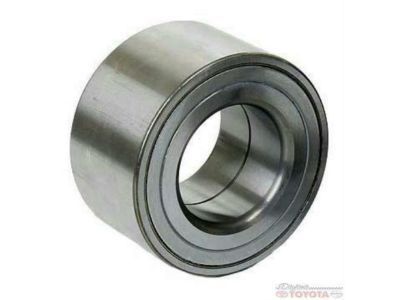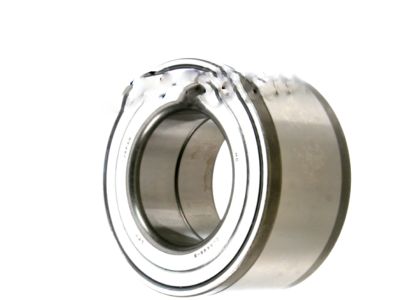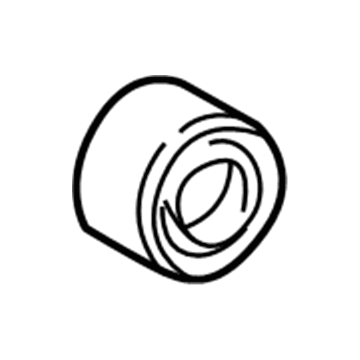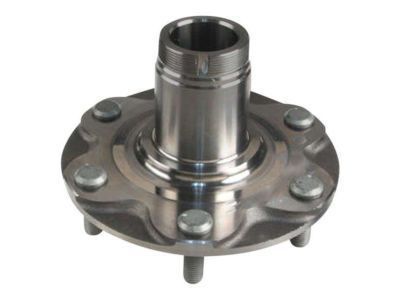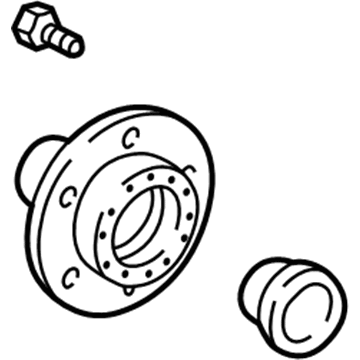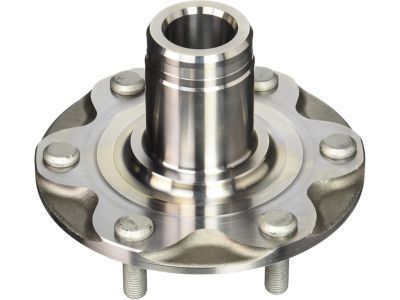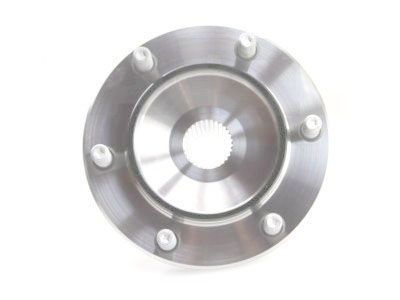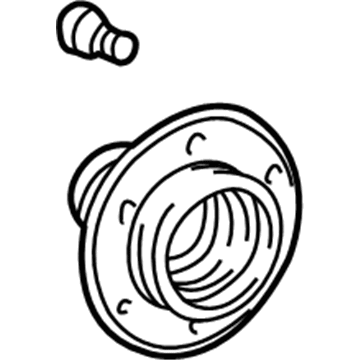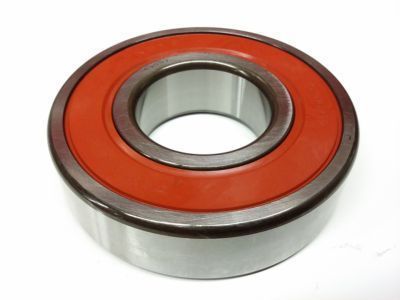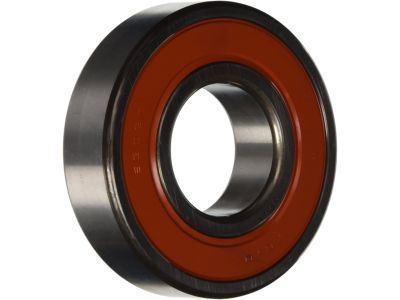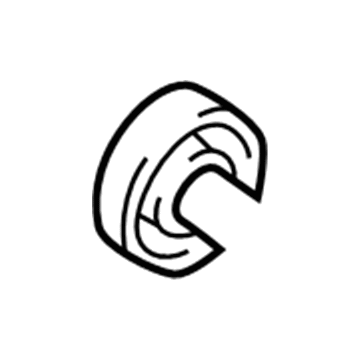×
ToyotaParts- Hello
- Login or Register
- Quick Links
- Live Chat
- Track Order
- Parts Availability
- RMA
- Help Center
- Contact Us
- Shop for
- Toyota Parts
- Scion Parts
My Garage
My Account
Cart
OEM 2000 Toyota 4Runner Wheel Bearing
Hub Bearing- Select Vehicle by Model
- Select Vehicle by VIN
Select Vehicle by Model
orMake
Model
Year
Select Vehicle by VIN
For the most accurate results, select vehicle by your VIN (Vehicle Identification Number).
4 Wheel Bearings found

2000 Toyota 4Runner Wheel Bearing
Part Number: 90369-54002$114.58 MSRP: $160.83You Save: $46.25 (29%)Ships in 1-3 Business DaysProduct Specifications- Other Name: Bearing; Wheel Bearing, Front; Axle Bearing; Front Wheel Bearing; Bearing (For Front Axle Hub Inner Passenger Side); Bearing (For Front Axle Hub Inner Driver Side)
- Replaces: 90080-36071, 90369-54001
- Item Weight: 3.70 Pounds
- Item Dimensions: 5.8 x 6.0 x 2.6 inches
- Condition: New
- Fitment Type: Direct Replacement
- SKU: 90369-54002
- Warranty: This genuine part is guaranteed by Toyota's factory warranty.

2000 Toyota 4Runner Hub Assembly, Front
Part Number: 43502-35110$242.31 MSRP: $345.96You Save: $103.65 (30%)Ships in 1 Business DayProduct Specifications- Other Name: Hub Sub-Assembly, Front Axle; Wheel Hub, Front; Wheel Hub Repair Kit; Front Hub; Hub; Hub Sub-Assembly, Front Axle, Passenger Side; Hub Sub-Assembly, Front Axle, Driver Side; Wheel Hub
- Position: Front
- Replaces: 43502-04050, 43502-0C010
- Item Weight: 9.70 Pounds
- Item Dimensions: 8.1 x 8.3 x 8.2 inches
- Condition: New
- Fitment Type: Direct Replacement
- SKU: 43502-35110
- Warranty: This genuine part is guaranteed by Toyota's factory warranty.

2000 Toyota 4Runner Hub Assembly, Front
Part Number: 43502-35170$224.37 MSRP: $320.34You Save: $95.97 (30%)Ships in 1-2 Business DaysProduct Specifications- Other Name: Hub Sub-Assembly, Front Axle; Wheel Hub, Front; Wheel Hub Repair Kit; Front Hub; Hub Sub-Assembly, Front Axle, Passenger Side; Hub Sub-Assembly, Front Axle, Driver Side; Wheel Hub
- Position: Front
- Replaces: 43502-04040
- Item Weight: 8.20 Pounds
- Item Dimensions: 6.9 x 6.5 x 4.8 inches
- Condition: New
- Fitment Type: Direct Replacement
- SKU: 43502-35170
- Warranty: This genuine part is guaranteed by Toyota's factory warranty.
 Product Specifications
Product Specifications- Other Name: Bearing, Ball, 40, 90, K; Drive Axle Shaft Bearing, Rear; Wheel Bearing; Axle Shaft Bearing; Bearing
- Position: Rear
- Replaces: 97144-06308, 97114-06308, 97144-06308-85, 90363-40020
- Item Weight: 1.80 Pounds
- Item Dimensions: 3.9 x 4.0 x 2.1 inches
- Condition: New
- SKU: 90363-40020-77
- Warranty: This genuine part is guaranteed by Toyota's factory warranty.
2000 Toyota 4Runner Wheel Bearing
Looking for affordable OEM 2000 Toyota 4Runner Wheel Bearing? Explore our comprehensive catalogue of genuine 2000 Toyota 4Runner Wheel Bearing. All our parts are covered by the manufacturer's warranty. Plus, our straightforward return policy and speedy delivery service ensure an unparalleled shopping experience. We look forward to your visit!
2000 Toyota 4Runner Wheel Bearing Parts Q&A
- Q: How to service and repair the wheel bearing on 2000 Toyota 4Runner?A: Service wheel bearing: remove front wheel, shock absorber and grease cap; 4WD disconnect drive shaft (cotter pin, lock cap), secure brakes and remove lock nut; remove ABS sensor, clamps, caliper, disc, lower ball-joint bolts, steering knuckle using SST; reinstall reverse and check ABS, alignment.
